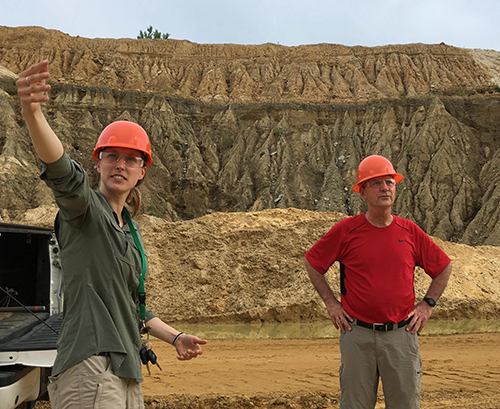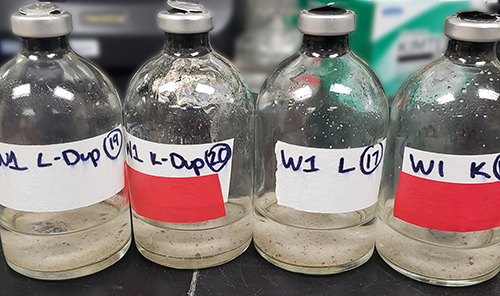EPA top official will visit Cleveland to announce Lake Erie clean-up grant
Environmental Protection Agency Administrator Andrew Wheeler will visit Ohio this week to announce details about their Trash-Free Great Lakes Grant Program that will provide $2 million to clean up the Great Lakes. Read the full story by The Plain Dealer.
Great Lakes Commission
https://www.glc.org/dailynews/20200720-lake-erie-clean-up





